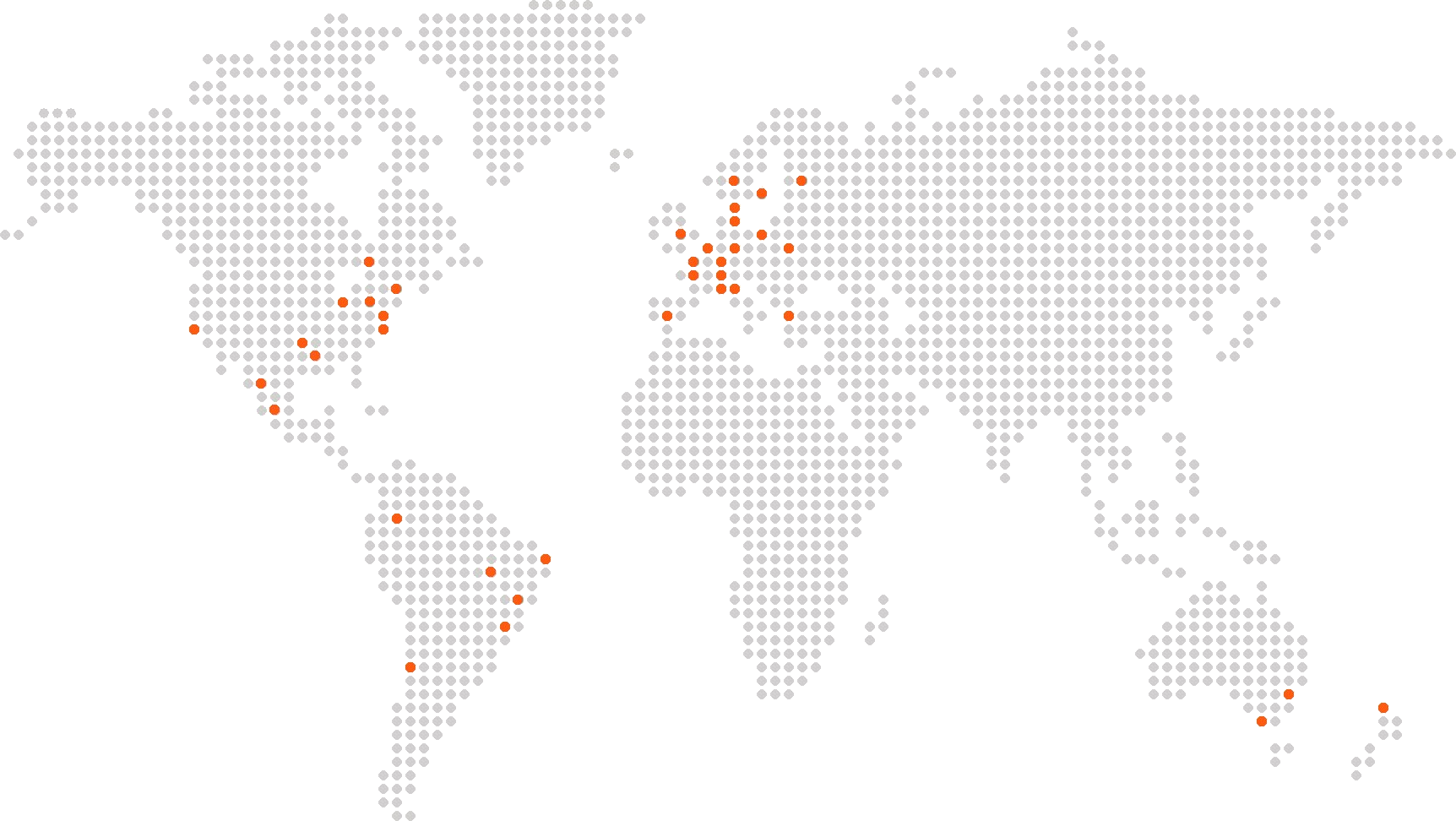* We take the privacy of your data very seriously. The information you provide is not shared with others and is for the exclusive use of managing your relationship with Alder Koten. We implement a variety of measures when a user enters, submits, or accesses information to ensure confidentiality and the security of personal information. Learn more about our privacy policies Here .
Acquire High-Impact Talent
We are a process driven firm. Through deep understanding of local cultures and behaviors as well as global corporate values, we´ve developed the ability to design tailored services based on the specific needs of each of our customers.
Leverage talent for innovation and growth
We are a process driven firm. Through deep understanding of local cultures and behaviors as well as global corporate values, we´ve developed the ability to design tailored services based on the specific needs of each of our customers.
Helping individuals achieve sustainable development.
Help achieve specific personal and professional goals by developing potential, improving relationships, and enhancing performance. As an executive, your career success will depend on an ongoing strategy, active engagement in your career direction, and routine updates of your resume and online presence.
Global Reach With Local Knowledge
The firm's headquarters are located in Houston and it has offices in Guadalajara, Monterrey, Mexico City with partner firms in the rest of the world in Australia, Belgium, Brazil, Canada, Chile, China, Denmark, Finland, France, Hong Kong, Italy, Germany, Netherlands, New Zealand, Norway, Poland, Russia, Spain, Sweden, Switzerland, Turkey, and United Kingdom .

